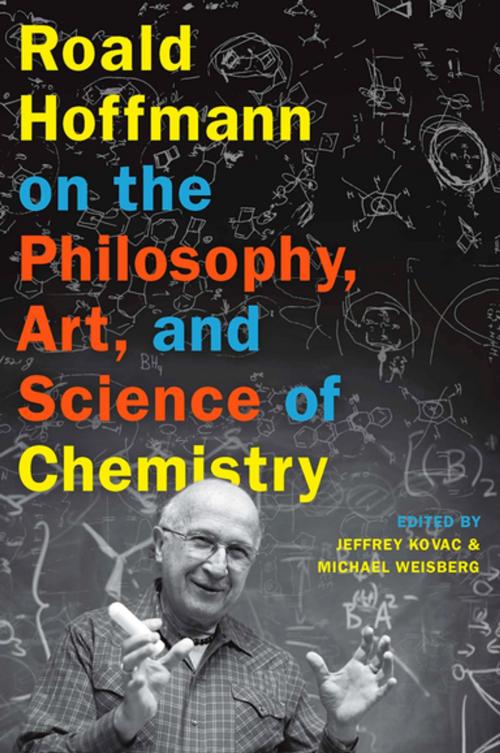Roald Hoffmann on the Philosophy, Art, and Science of Chemistry
Nonfiction, Science & Nature, Science, Other Sciences, Philosophy & Social Aspects, History| Author: | ISBN: | 9780199912582 | |
| Publisher: | Oxford University Press | Publication: | February 1, 2012 |
| Imprint: | Oxford University Press | Language: | English |
| Author: | |
| ISBN: | 9780199912582 |
| Publisher: | Oxford University Press |
| Publication: | February 1, 2012 |
| Imprint: | Oxford University Press |
| Language: | English |
Nobel laureate Roald Hoffmann's contributions to chemistry are well known. Less well known, however, is that over a career that spans nearly fifty years, Hoffmann has thought and written extensively about a wide variety of other topics, such as chemistry's relationship to philosophy, literature, and the arts, including the nature of chemical reasoning, the role of symbolism and writing in science, and the relationship between art and craft and science. In Roald Hoffmann on the Philosophy, Art, and Science of Chemistry, Jeffrey Kovac and Michael Weisberg bring together twenty-eight of Hoffmann's most important essays. Gathered here are Hoffmann's most philosophically significant and interesting essays and lectures, many of which are not widely accessible. In essays such as "Why Buy That Theory," "Nearly Circular Reasoning," "How Should Chemists Think," "The Metaphor, Unchained," "Art in Science," and "Molecular Beauty," we find the mature reflections of one of America's leading scientists. Organized under the general headings of Chemical Reasoning and Explanation, Writing and Communicating, Art and Science, Education, and Ethics, these stimulating essays provide invaluable insight into the teaching and practice of science.
Nobel laureate Roald Hoffmann's contributions to chemistry are well known. Less well known, however, is that over a career that spans nearly fifty years, Hoffmann has thought and written extensively about a wide variety of other topics, such as chemistry's relationship to philosophy, literature, and the arts, including the nature of chemical reasoning, the role of symbolism and writing in science, and the relationship between art and craft and science. In Roald Hoffmann on the Philosophy, Art, and Science of Chemistry, Jeffrey Kovac and Michael Weisberg bring together twenty-eight of Hoffmann's most important essays. Gathered here are Hoffmann's most philosophically significant and interesting essays and lectures, many of which are not widely accessible. In essays such as "Why Buy That Theory," "Nearly Circular Reasoning," "How Should Chemists Think," "The Metaphor, Unchained," "Art in Science," and "Molecular Beauty," we find the mature reflections of one of America's leading scientists. Organized under the general headings of Chemical Reasoning and Explanation, Writing and Communicating, Art and Science, Education, and Ethics, these stimulating essays provide invaluable insight into the teaching and practice of science.















